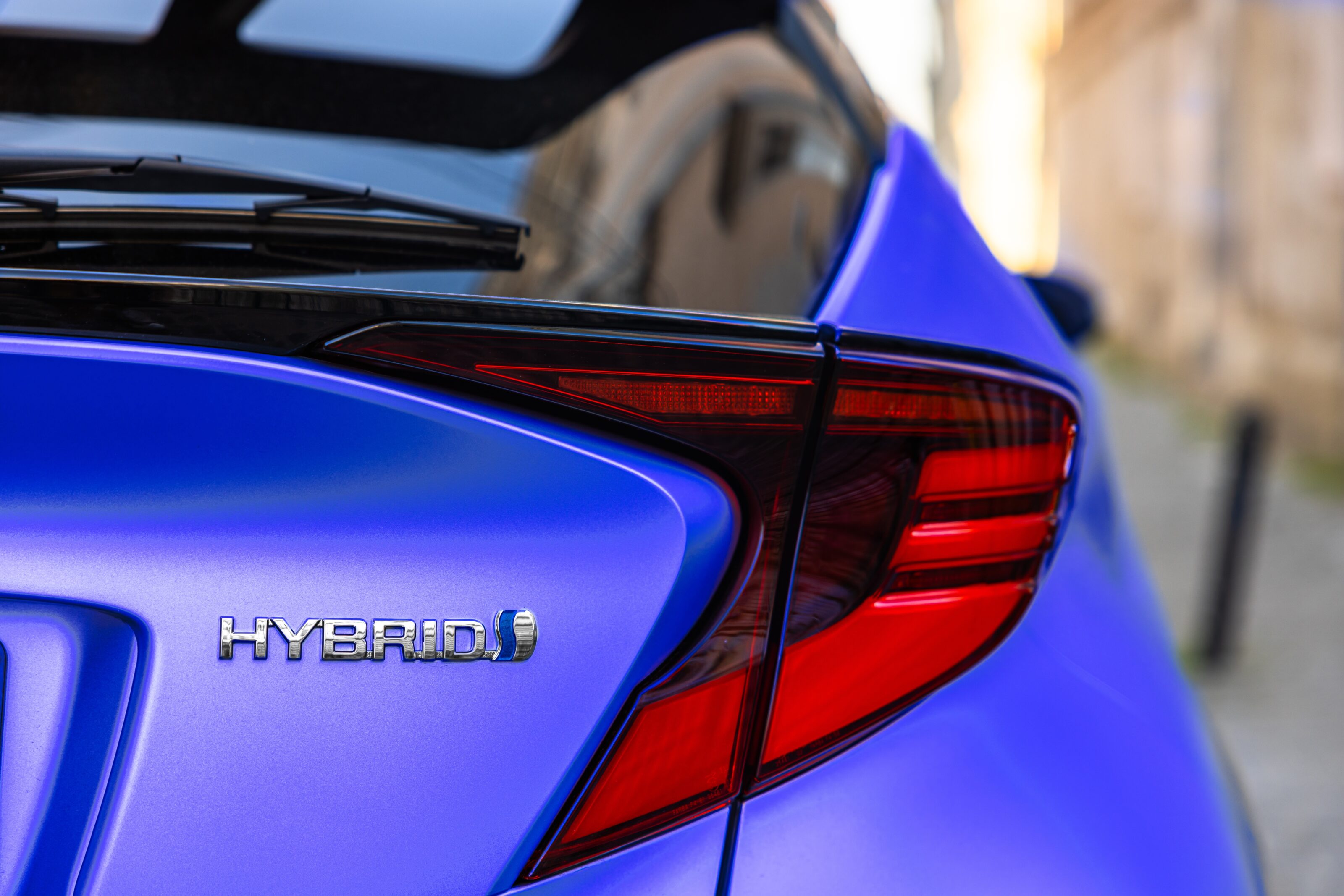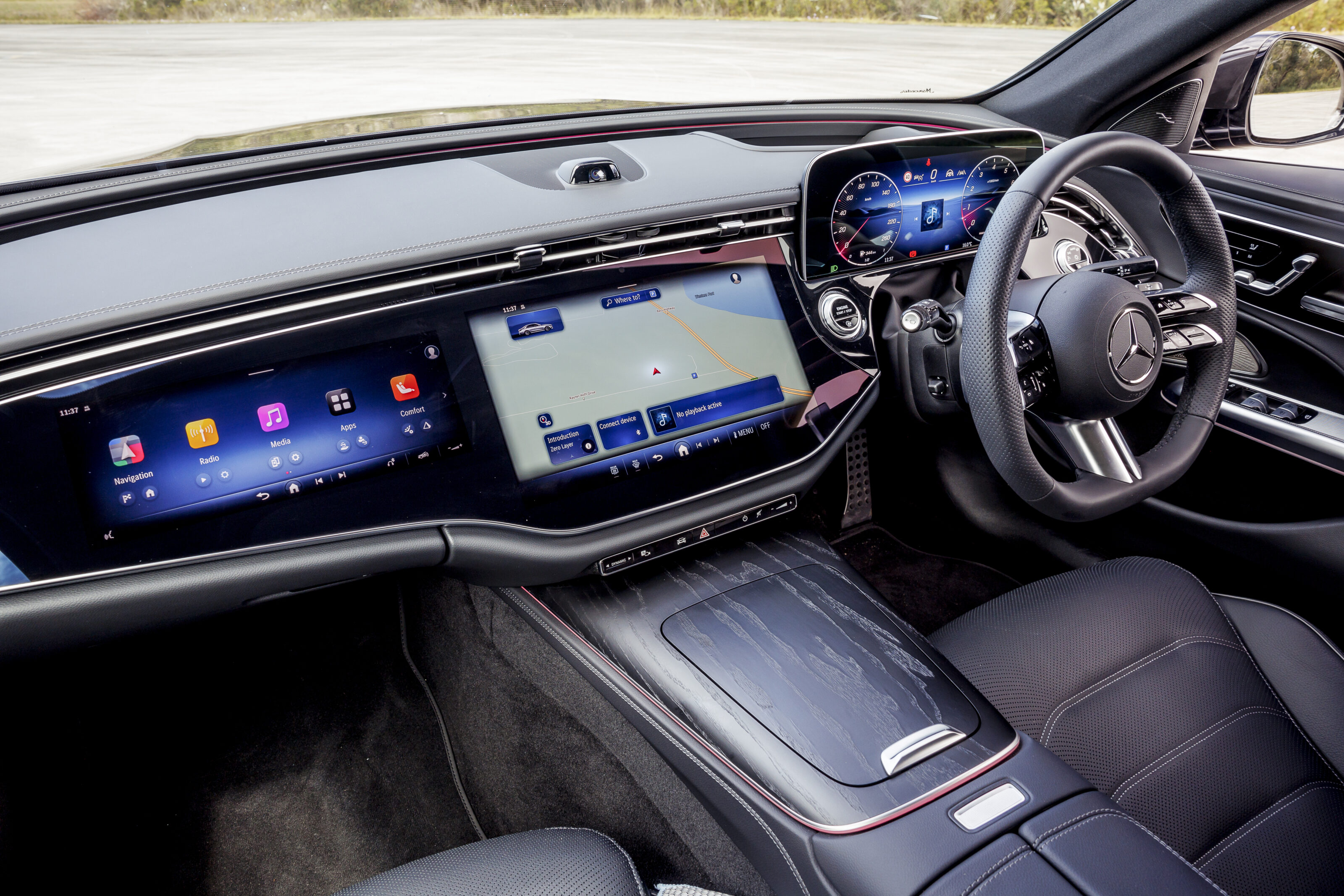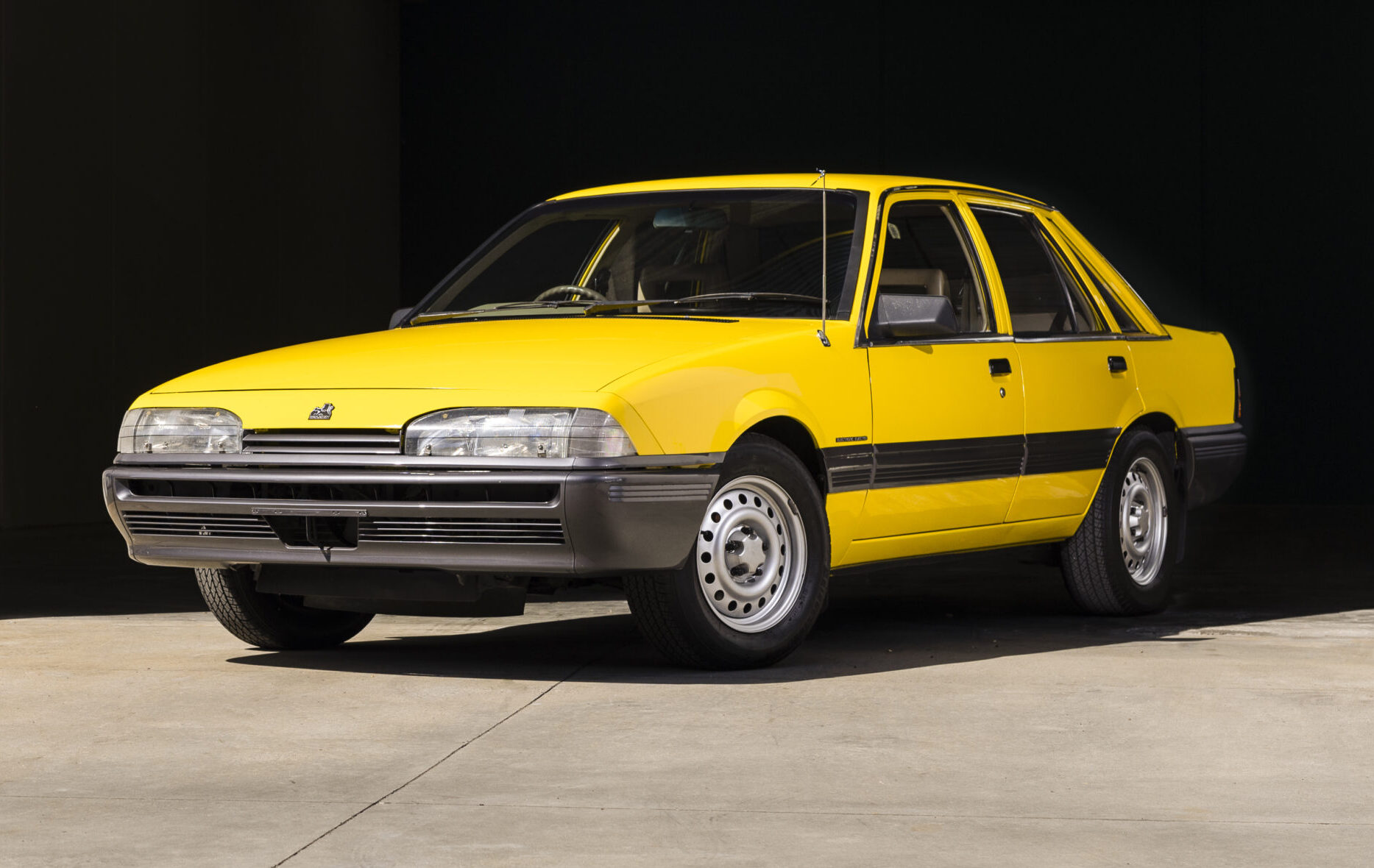Although associated with sexy shapes and introducing disc brakes to Le Mans in the 1950s, a flick through Jaguar’s sports car back catalogue reveals only sporadic highlights involving a clutch pedal – and even these were largely out of reach for your everyday punter.
Early manuals were agricultural in shift operation and clutch heft, while your chance to emulate Walkinshaw’s 1985 Bathurst pole lap is limited by the fact that only 352 manual XJS V12s were built.
The next flicker was the incredible XJR-15 with its Le Mans-derived mechanicals and 53-strong production, followed by the even more powerful XJ220, which ceased production way back in 1994.

Opting for the semi-dry sump manual, also developed with ZF, saves you 10kg vehicle weight but adds 0.6sec to the claimed 0-100km/h sprint.
Despite the non-descript rubber pedal covers, initial impressions of the three-pedal F-Type are positive, the shifter position a natural fall for your left hand from the leather-trimmed, paddle-less steering wheel.

For the smoothest shift it’s a two-movement job, pausing ever-so-briefly through neutral before engaging the next slot, particularly on those cross-gate shifts. You can speed up, say, the three-four change, but doing so doesn’t seem to re-engage drive any faster, despite the ECU offering an upshift speed-matching function.
Up at highway speeds, it comes as a surprise that the gap between fourth and fifth gear is almost rally-car-short, a registered 3000rpm in fourth dropping only to 2600rpm in the higher cog.

As familiarity builds, it becomes ironic that the manual is at its best is when you hold it in a single gear to enjoy the engine’s developing crescendo and torque reserves. Out of a tight uphill left, using third reveals a rotary-edged exhaust buzz that swells through the rev-range into an E-Type 3.8-aping howl that sounds even better from outside. Sure, the supercharged V6 lacks the ballistic top-end of its auto-only V8 sibling, but it remains characterful and responsive in a way turbocharged cars still cannot match.
Does the manual make the F-Type a better car?

That’s not to say the manual is a total waste, but more that the slick torque converter self-shifter is a better fit for the F-Type vibe, capable of dual-clutch-matching shift speed when pressing on but also able to cruise when the mood takes you. The overrun crackle also remains.
You’d never pick the manual’s weight advantage and the auto is both more accelerative and fuel efficient with a ratio for any occasion. It also allows you to keep both hands on the wheel, a key advantage when tackling bumpy road sequences that can excite the F-Type’s electric steering, manifested in the wheel jiggling around between your fingers and sapping cornering confidence.

Jaguar F-Type: Coventry’s sex kitten
For reasons only it knows, Jaguar has decided to spend a decent whack of money developing a six-speed manual ’box for the F-Type – hoorah! It’s available on the V6 models and will save you $5000.
SPECS Body: 2-door, 2-seat coupé Drive: rear-wheel Engine: 2995cc V6, DOHC, 24v, supercharger Bore/Stroke: 84.9 x 89.0mm Compression: 10.5:1 Power: 280kW @ 6500rpm Torque: 460Nm @ 3500-5000rpm Power/weight: 177kW/tonne Transmission: 6-speed manual Weight: 1584kg Suspension(F): A-arms, coil springs, anti-roll bar Suspension(R): A-arms, coil springs, anti-roll bar L/W/H: 4470/1923/1309mm Wheelbase: 2622mm Tracks: 1597/1649mm (f/r) Steering: electrically-assisted rack-and-pinion Brakes(F): 380mm ventilated discs, 2-piston calipers Brakes(R): 325mm ventilated discs, single-piston calipers Wheels: 20.0 x 9.0-inch, 20.0 x 10.5-inch (f/r) Tyre sizes: 255/35 ZR20 (f); 295/30 ZR20 (r) Tyres: Pirelli P Zero Price as tested: $151,770 Pros: Exhaust rasp; sexy looks; agile handling Cons: Not that quick; impractical Star rating: 3.5/5





